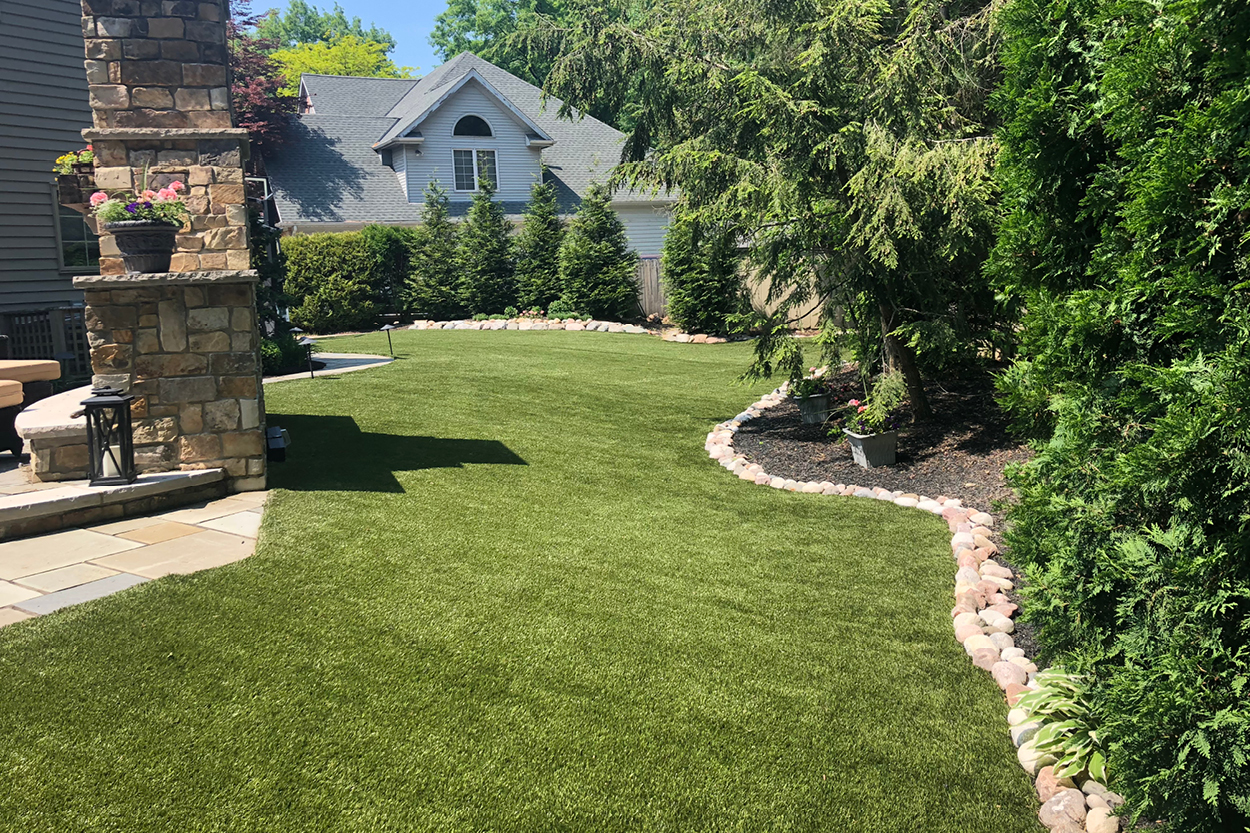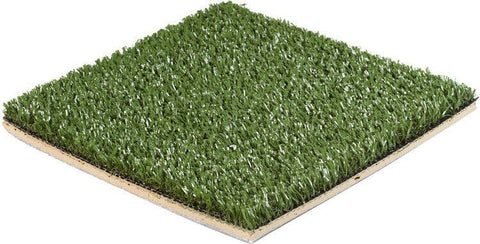Upgrade Your Outdoor Space with Arizona Artificial Turf for a Vibrant Green Look
Upgrade Your Outdoor Space with Arizona Artificial Turf for a Vibrant Green Look
Blog Article
Explore the Environmental Perks of Opting for Synthetic Grass Solutions
The adoption of man-made lawn solutions presents a compelling chance to deal with pushing environmental challenges. By considerably decreasing water use and decreasing the application of unsafe chemicals, these options not only advertise sustainable landscape design but additionally shield neighborhood ecological communities. The lower carbon footprint linked with decreased maintenance tasks adds to a much more lasting strategy to land management. The implications of these benefits expand beyond mere preservation initiatives, increasing concerns about their long-lasting impact on habitat preservation and general eco-friendly balance. Exploring these dimensions discloses a complex interplay worth taking into consideration.
Water Preservation Benefits
One of one of the most substantial benefits of synthetic grass is its capability to save water. Typical turf lawns need substantial irrigation, particularly in areas prone to dry spell or water constraints. On the other hand, synthetic grass does not require watering, substantially lowering the general need for water resources. This feature is particularly advantageous in deserts where water deficiency is a pushing worry.
By removing the requirement for regular watering, synthetic grass adds to lasting landscape methods and aids minimize the environmental influence of extreme water consumption. Furthermore, the preservation of water includes the reduction of runoff, which can cause dirt erosion and waterway contamination.
Furthermore, the installment of synthetic grass allows districts and property owners to assign water sources much more efficiently, focusing on crucial uses such as alcohol consumption water and farming. The shift towards fabricated turf not just advertises responsible water use however also straightens with wider environmental goals aimed at preserving natural deposits.
As communities significantly prioritize sustainability, the water conservation benefits of synthetic grass offer an engaging instance for its adoption in property and industrial landscape design tasks.
Lowered Chemical Use
The change to artificial lawn considerably reduces the reliance on chemical therapies frequently made use of in all-natural grass maintenance. Standard lawn management usually entails the application of fertilizers, herbicides, and chemicals to promote growth and control insects. These chemicals can posture threats to human health, neighborhood wild animals, and the environment, adding to soil and water contamination.
In contrast, man-made lawn gets rid of the requirement for these unsafe materials. As soon as mounted, it needs marginal maintenance, largely containing routine cleansing and occasional infill replenishment. This decrease in chemical usage not only benefits the prompt environment yet also adds to more comprehensive ecological stability. By lessening the launch of artificial substances right into the ecological community, synthetic grass promotes much healthier dirt and water supply.
Moreover, the absence of chemical overflow connected with synthetic lawn installations aids safeguard regional rivers from contamination, sustaining aquatic life and maintaining biodiversity. Arizona turf. As communities significantly prioritize sustainable methods, going with artificial turf provides a viable option that straightens with environmental conservation objectives. Via this shift, residential or commercial property proprietors can take pleasure in lush eco-friendly spaces without compromising environmental wellness, leading the way for a much more sustainable future
Reduced Carbon Impact

Moreover, the installation of man-made lawn can result in significant water conservation. All-natural grass call for considerable amounts of water for irrigation, which not only contributes to the carbon impact related to water extraction and treatment but likewise pressures neighborhood water sources. In comparison, synthetic grass needs minimal maintenance, needing no watering, consequently considerably minimizing water use and its connected energy prices.
In addition, the long life of synthetic grass adds to its lower carbon influence. With a life-span of approximately 15 years or even more, the need for frequent replacements is decreased, leading to much less waste and reduced power intake in production and disposing of typical grass alternatives. Generally, artificial lawn provides a lasting alternative for environmentally conscious landscaping.
Habitat Preservation
Environment conservation is a crucial factor to consider in the discussion over landscaping options, especially when contrasting synthetic grass to all-natural grass. All-natural yard lawns usually require comprehensive maintenance, consisting of the usage of fertilizers, herbicides, and chemicals, which can detrimentally influence regional ecosystems. These chemicals can leach into the soil and waterways, damaging indigenous flora and fauna and disrupting regional habitats.
Fabricated turf eliminates the requirement for dangerous chemicals, thereby securing neighboring wildlife and preserving the honesty of surrounding ecosystems. The installment of synthetic grass can lead to the conversion of previous yard areas index into more biodiverse landscapes, such as pollinator gardens or native plant locations, which can sustain local wildlife.
Eventually, the change to man-made lawn not just saves water and lowers maintenance initiatives however also cultivates a much more harmonious partnership between human tasks and the native environment, advertising habitat preservation while doing so.
Long-Term Sustainability
Lasting sustainability is a vital consider examining the benefits of synthetic grass over standard turf lawns. One of the most considerable advantages of synthetic grass is its toughness; it can last approximately 15-20 years with marginal maintenance, whereas all-natural lawn calls for constant reseeding and replacement. This long life lowers the demand for constant sources, such as water, plant foods, and pesticides, which are important for keeping a healthy and balanced grass lawn.
Furthermore, synthetic grass adds to a reduction in carbon discharges connected with grass care equipment. Typical yards frequently need gas-powered mowers, leaners, and blowers, every one of which contribute to air contamination. Phoenix turf companies. In comparison, fabricated turf eliminates the requirement for such equipment, advertising a cleaner atmosphere
Moreover, the manufacturing of synthetic grass increasingly utilizes recycled materials, improving its sustainability profile. As suppliers adopt environment-friendly techniques, the environmental footprint of synthetic grass remains to reduce.

Final Thought
The fostering of man-made lawn remedies offers significant ecological benefits, consisting of considerable water conservation, decreased reliance on unsafe chemicals, and a lower carbon footprint. Additionally, synthetic grass aids in preserving natural environments by lessening land disruption and advertising long-lasting sustainability with making use of durable materials. Collectively, these variables underscore the possibility of synthetic grass to contribute positively to environmental health and provide a sensible option to standard landscaping techniques in a progressively resource-conscious globe.
In comparison, man-made turf does not need watering, significantly reducing the total need for water resources. By reducing the launch of artificial compounds look at more info into the environment, man-made lawn advertises healthier soil and water systems.
In addition, the installment of fabricated lawn can result in considerable water preservation. In comparison, man-made turf needs minimal upkeep, needing no watering, thereby significantly decreasing water usage and its associated power costs.

Report this page